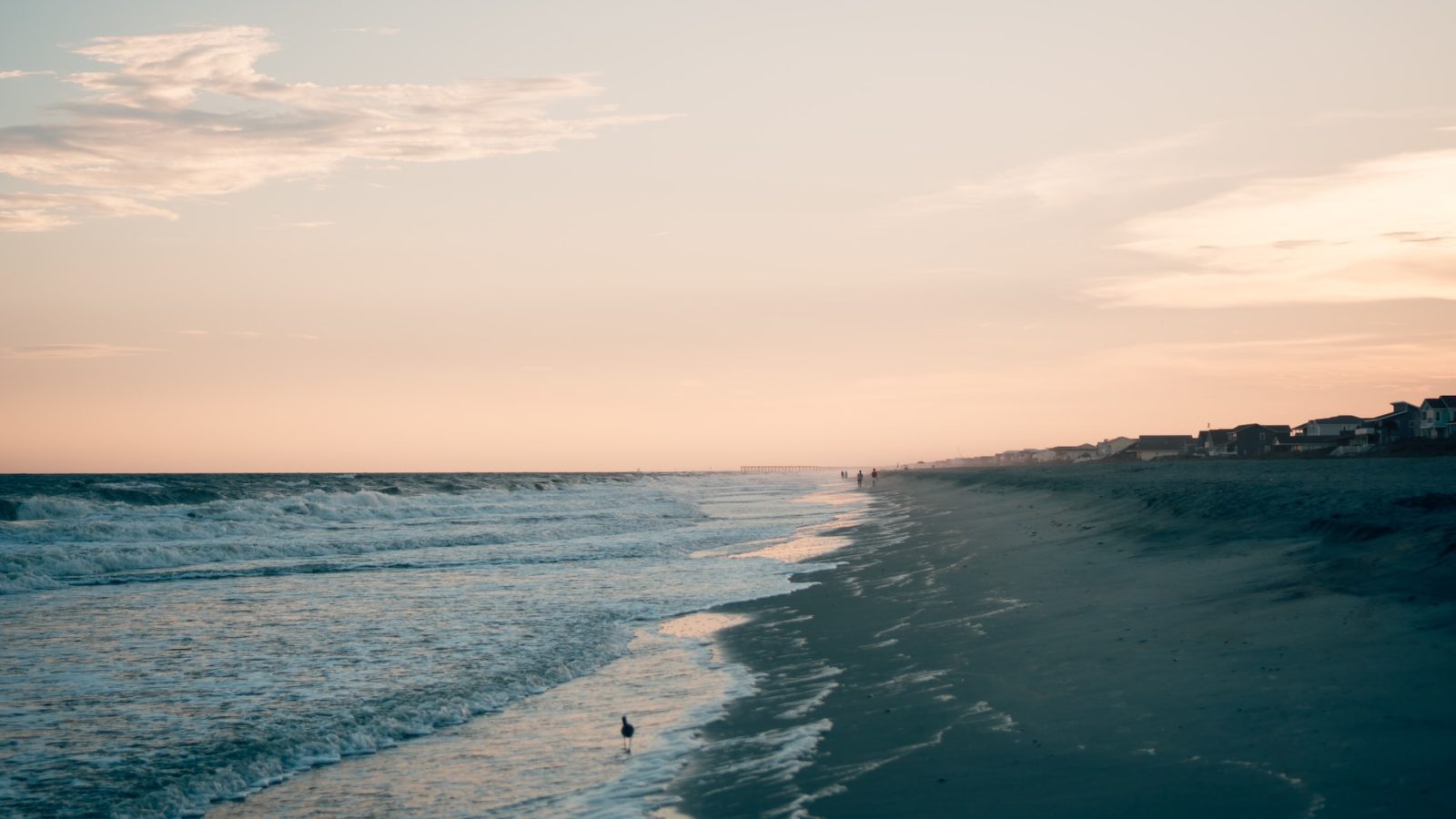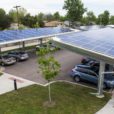On September 8th, President Donald Trump signed an executive order extending an existing moratorium on offshore drilling for an additional ten years in Florida. His original extension covered offshore drilling in waters from Florida to South Carolina, and was updated to include the North Carolina and Virginia coasts on September 28th. The new moratorium prevents “any leasing for purposes of exploration, development, or production” from July 1st, 2022 to June 30th 2032.
There has been overwhelming bipartisan support on both the East and West coast to prevent offshore drilling, causing an outcry over President Trump’s original omission of Virginia and North Carolina coasts.
North Carolina Governor Roy Cooper, Senator Thom Tillis, and many other climate advocates including the Southern Environmental Law Center responded to Trump’s original omission. Senator Tillis made an announcement on September 21st confirming that President Trump would be adding North Carolina to the moratorium. Though this revision was not confirmed by the White House until September 28th.
Federal versus local actions to protect the coast
As with state and regional carbon pricing initiatives, local governments and communities have taken the lead when it comes to offshore protection by passing resolutions against offshore drilling. In contrast to Virginia however, North Carolina has no statewide legislation to restrict offshore drilling.
The Secretary of the Interior under the federal Outer Continental Shelf Lands Act traditionally dictates what areas are included and excluded from offshore drilling. A review process occurs every five years and takes into account factors such as environmental sensitivity, current offshore use, local economy, and potential for more renewable energy projects like offshore wind.
The North Carolina coast has been off-limits to offshore drilling for the last 30 years as a result of this federal legislation under the National Outer Continental Shelf Program. In 2010, under the Obama administration, the U.S. Department of the Interior released a plan to consider opening up these previously protected areas to offshore drilling along the Atlantic Coastline, Gulf of Mexico, and in Alaska. President Trump continued to allow the drilling, releasing a draft five-year plan in 2018 that would lease federal offshore areas along much of the East Coast, including North Carolina, for oil and natural gas exploration in the 2019—2024 period.
The moratorium however, does not take effect until July 1st, 2022. In his 2018 plan, President Trump signalled intentions to start selling leases in 2021, which could leave all coastal areas covered by the moratorium vulnerable during this interim period.
Coastal alternatives to drilling
When deciding which areas to exempt from offshore drilling, one of the factors reviewed is the state of coastal economies. If areas being targeted for drilling already have substantial industry separate from these activities, then less of an economic incentive exists to commit to drilling. North Carolina coastal communities are known for their beaches and shorelines, as well as for fishing, tourism, and other industries; coastal tourism generates $3 billion in revenue for North Carolina every year according to state records. This established economy could mean there is less economic incentive to support drilling in the state, even if leases can be purchased from 2021—2022.
Under President Trump’s moratorium, future offshore wind leases are also prohibited, Bloomberg Green notes. North Carolina has the largest offshore-wind resource potential on the East Coast according to the National Renewable Energy Laboratory. North Carolina, as well as other coastal states, have already seen leases (which won’t be affected by the moratorium) bought to start developing wind farms. Wind farms are a potential source of renewable energy, and restricting them for the next ten years vastly reduces that opportunity.
Who is advocating against offshore drilling in North Carolina?
In addition to legislative and government actions against offshore drilling, local communities have consistently organized in large numbers to oppose drilling on the coasts. This supports the larger history of climate activism in North Carolina across sectors, including opposition to the Atlantic Coast Pipeline plans which has since been cancelled.
“Efforts have been ongoing since the 1980’s to explore oil and gas off the coast. Residents in the area are pretty familiar with them and are ready on standby,” Michael Flynn, advocate with the Coastal Federation, told Climate XChange.
Active coastal advocacy groups in North Carolina include the North Carolina Coastal Federation and Environment North Carolina, and the majority of the organizing within these groups has started from a grassroots level with locals uniting to protect their homes and lifestyles.
Opposition to offshore drilling has been strong since the Exxon Valdez oil spill. Residents know that “oil spills don’t know state lines,” Senior Attorney Sierra Weaver at the Southern Environmental Law Center told Climate XChange. This means there is a need to have a regional policy in addition to state policy to protect from drilling accidents in neighboring states. Weaver described opposition to “dirty drilling” as a way to make sure that North Carolina’s future economy is consistent with resident’s future vision of North Carolina coasts featuring clean beaches and clean air.
The oil industry was surprised by President Trump’s shift in policy and denounced the moratorium in a statement. They have aggressively lobbied to open up the Eastern Gulf of Mexico for drilling and this moratorium goes against their desires. Wind energy advocates are also frustrated with the potential future effects of the restrictions on offshore wind energy adoption.
North Carolina’s recent climate risk assessment and resilience plan underscores the need to protect the communities affected by climate change with a commitment to climate justice. This includes the communities on the frontlines of climate change, and coastal communities who will be initially impacted by sea level rise.
What to watch in future
President Trump’s moratorium will have an effect on what southeast coastlines look like for years to come. While it is an environmental win to protect the region from harmful oil spills, this order stymies the opportunity for the state to further develop its offshore wind capacity. A 2020 study by Wood Mackenzie concluded that in the Carolinas, coastal wind development could lead to 40,000 related jobs and over $45 billion in capital investment.
Some projects have already purchased leases off the coast of North Carolina, like the Kitty Hawk Offshore project that is active in North Carolina and Virginia. This project will be able to continue development under the Trump Administration’s ruling. The moratorium will halt the momentum for future projects unless they are able to purchase leases before the start date on July 1st, 2022.
Finally, it is important to note that there may be a possibility to reverse this moratorium in the future. Whether President Trump reconsiders his goals in the region in the future or a new president is elected in November, the order could be modified or revoked.
Trump’s most recent announcement related to the moratorium was his official commitment to adding North Carolina and Virginia in a campaign rally. The moratorium also does not prevent use of seismic testing to search for oil, which can be harmful to marine life and the surrounding ecosystem. There have currently been no legal challenges to this moratorium.









